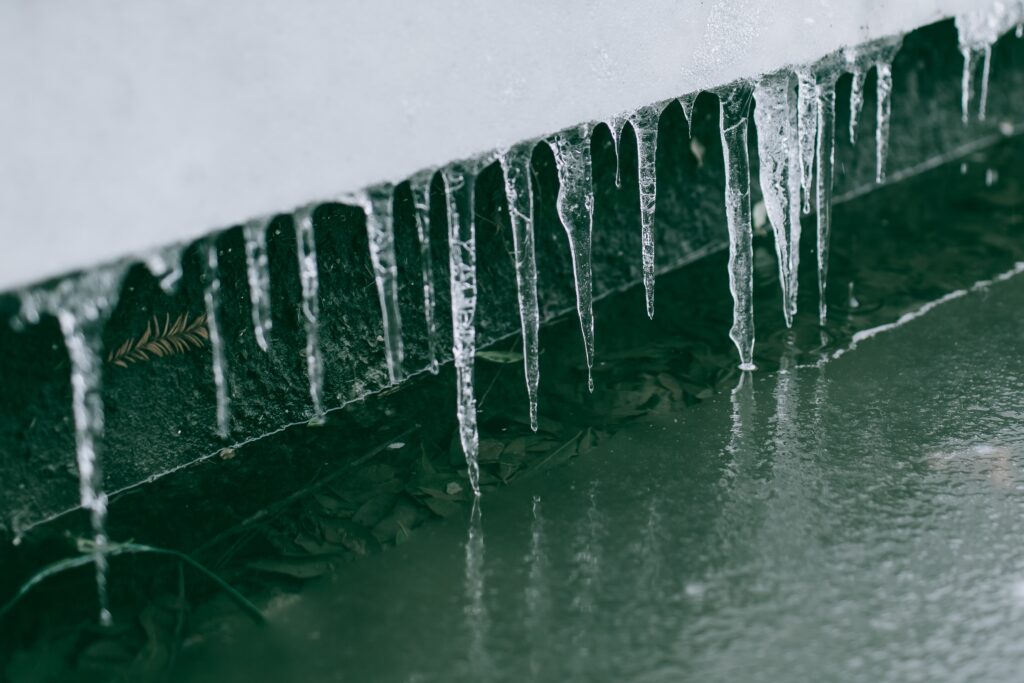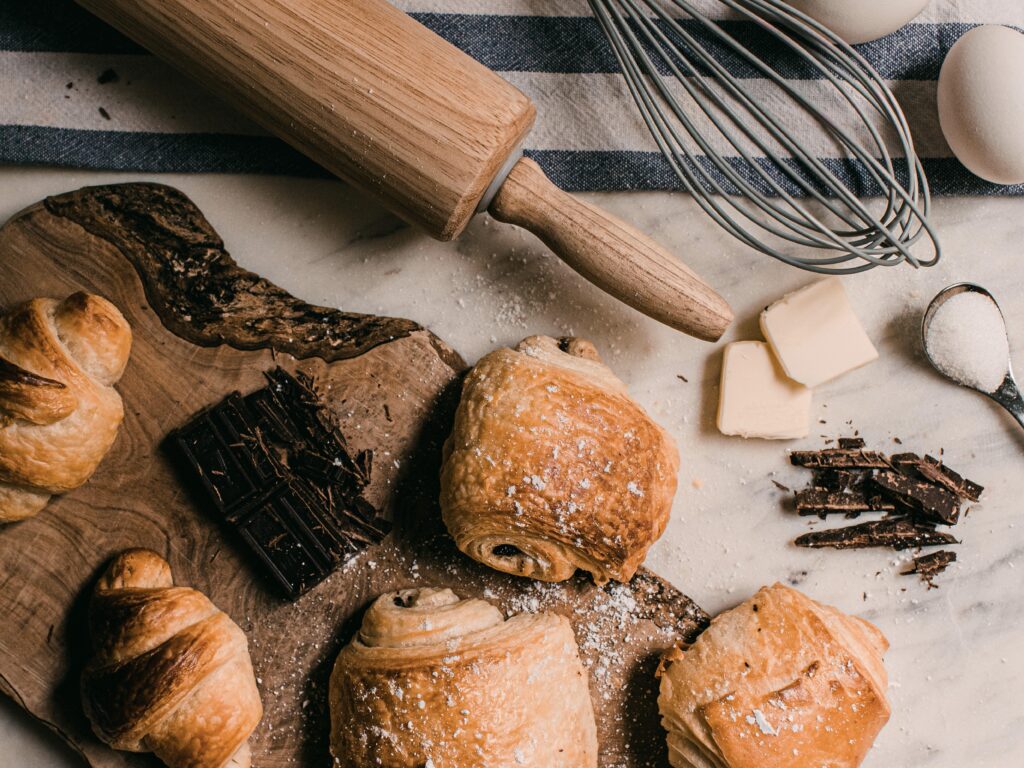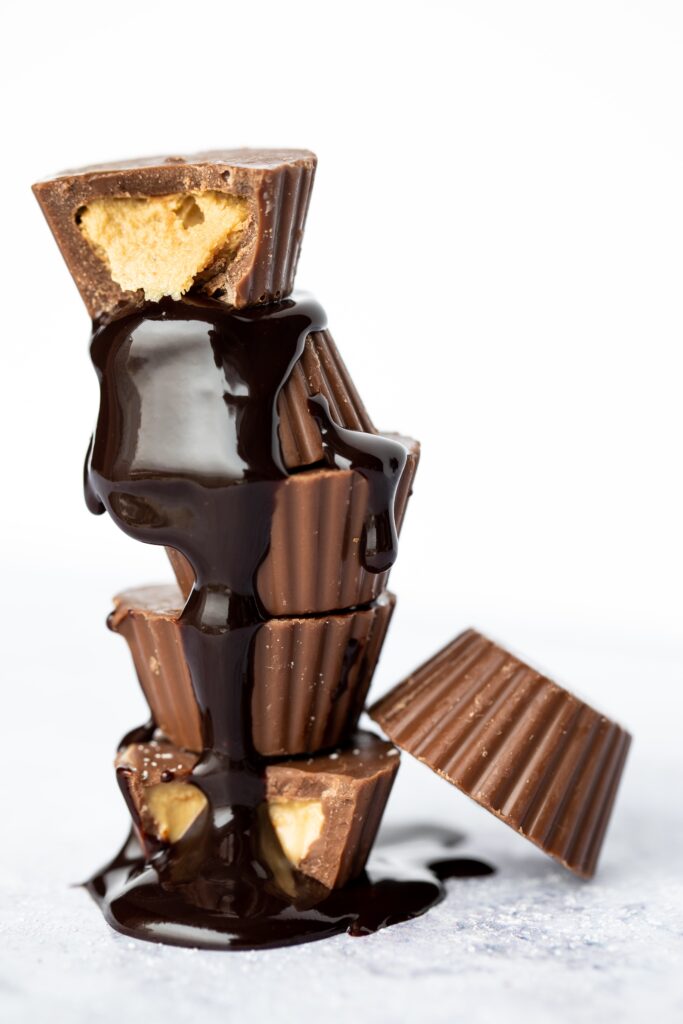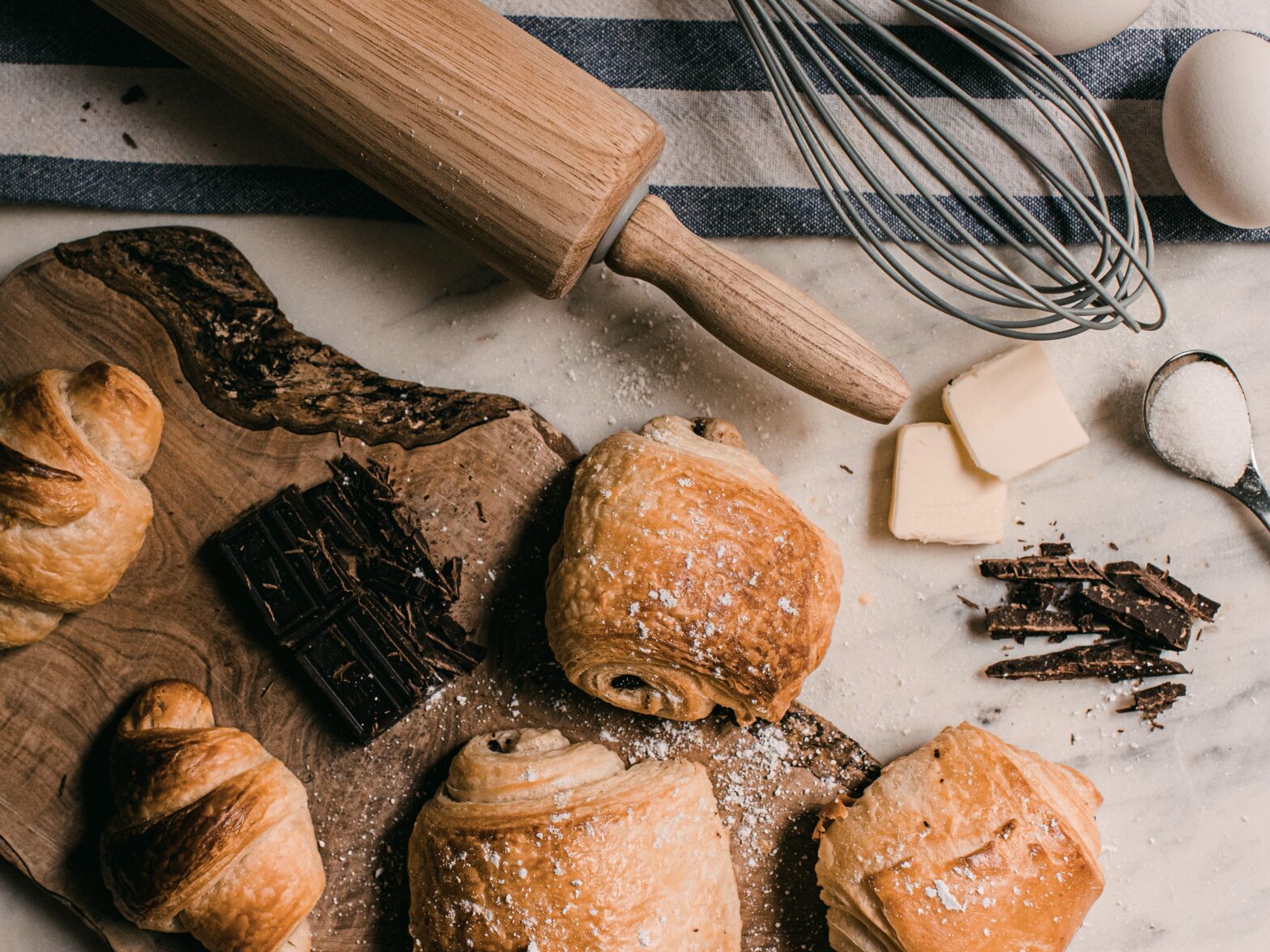“The Importance of Melting Chocolate for Chocolate Bakes and Desserts” explores the fundamental role that melting chocolate plays in the creation of delicious and visually striking baked goods and desserts. Understanding the technique and science behind melting chocolate is essential for achieving the perfect texture and taste in chocolate-based recipes. Chopping the chocolate before melting not only aids in the speed and evenness of the melting process but also allows for greater control over the intensity of the chocolate flavor. Different types of chocolate exhibit varying melting rates, with dark chocolate melting the fastest. The article outlines two common methods of melting chocolate: on the hob and in the microwave, detailing the steps needed to prevent burning or overheating. Once the chocolate is melted, it can be transformed into a variety of decorative elements, such as chocolate curls. Furthermore, the article offers a tantalizing glimpse into the world of chocolate baking, highlighting an array of delectable recipes that can be crafted using melted chocolate, including cookies, flapjacks, puddings, cakes, and brownies.

The Importance of Melting Chocolate for Chocolate Bakes and Desserts
Melting chocolate is a crucial step in making chocolate bakes and desserts. Solid chocolate cannot be easily incorporated into recipes or spread evenly without melting. By melting the chocolate, it becomes more pliable and can be mixed seamlessly into batters or used for drizzling and decorating. Melting chocolate also enhances its flavor and texture, making it more enjoyable in various sweet treats.
Chopping Chocolate for Efficient Melting
Before melting chocolate, it is recommended to chop it into small pieces. This helps the chocolate to melt quicker and more evenly. When chocolate is broken down into smaller pieces, it exposes more surface area to the heat source, allowing it to melt faster. Additionally, uniformly chopped chocolate ensures even melting and prevents any pieces from burning or overheating, which can affect the final taste and texture of the dessert.

Different Melting Rates for Chocolate Types
Not all types of chocolate melt at the same rate. The melting point of chocolate varies depending on its composition and the percentage of cocoa solids and fats. Dark chocolate tends to melt the fastest among all types of chocolate. It contains a higher percentage of cocoa solids, which allows it to soften and melt more readily when exposed to heat.
Milk chocolate, on the other hand, melts at a slightly slower rate compared to dark chocolate. This is because it contains a higher percentage of milk solids and fats, which contribute to its creaminess and smoother texture. The additional dairy content requires a bit more heat and time to break down and melt.
White chocolate has the highest melting point among the three types. It contains cocoa butter and lacks cocoa solids, giving it a pale color and rich, buttery flavor. Due to its higher melting point, white chocolate takes longer to melt and requires more careful heating to prevent scorching or burning.
Melting Chocolate on the Hob
One common method of melting chocolate is on the hob, using a heatproof bowl placed over simmering water. This indirect heat method gently melts the chocolate without subjecting it to direct heat, reducing the risk of the chocolate burning or becoming grainy.
To melt chocolate on the hob, first, fill a saucepan with water and bring it to a simmer. Place a heatproof bowl on top of the saucepan, ensuring that the bottom of the bowl does not touch the water. Break or chop the chocolate into small, uniform pieces and place them in the bowl. Allow the steam from the simmering water to heat the bowl and melt the chocolate gradually, stirring occasionally until smooth and fully melted.

Melting Chocolate in the Microwave
For a quicker method of melting chocolate, the microwave can be used. However, it requires regular checking and stirring to prevent the chocolate from burning. Microwaving chocolate in short intervals and stirring in between is crucial to ensure even melting.
To melt chocolate in the microwave, chop the chocolate into small pieces and place them in a microwave-safe bowl. Microwave the chocolate at 50% power or on the defrost setting for 30 seconds at a time. After each interval, remove the bowl and stir the chocolate thoroughly to distribute the heat and check its consistency. Repeat the process in shorter intervals as the chocolate begins to melt, taking care not to overheat it.
Using Melted Chocolate for Decoration
Melted chocolate not only adds flavor but can also be used to create beautiful chocolate curls for decoration. To make chocolate curls, pour the melted chocolate onto a smooth surface, such as a baking sheet or marble slab. Use a spatula or the back of a spoon to spread the chocolate into a thin, even layer. Allow the chocolate to set slightly, but not completely harden. Then, take a knife or scraper and carefully scrape the surface of the chocolate, applying gentle pressure to create curls. These chocolate curls can be used to decorate cakes, pastries, and other desserts, adding an elegant touch to the final presentation.
Versatility of Melted Chocolate in Baking
Once chocolate is melted, it opens up a world of possibilities for baking. There are various recipes that utilize melted chocolate as a key ingredient, each adding its own unique flavor and texture to the finished product.
One popular use of melted chocolate is in cookies. By incorporating melted chocolate into the cookie dough, it adds richness and depth of flavor. The melted chocolate also helps create a chewy and moist texture, resulting in irresistible chocolate cookies.
Flapjacks, a type of bar cookie, can also be enhanced with melted chocolate. After baking the flapjacks, drizzle melted chocolate on top, creating a delicious contrast between the soft and chewy bars and the smooth, creamy chocolate. This addition adds an extra touch of indulgence and eye-catching appeal.
Puddings can be made richer and creamier by using melted chocolate as a primary ingredient. Whether it’s a classic chocolate pudding or a more decadent chocolate mousse, melting the chocolate first ensures a smooth and velvety texture. The melted chocolate combines with other ingredients, such as cream and eggs, to create a luscious dessert.
Chocolate cakes benefit greatly from the addition of melted chocolate. It adds moisture and intensifies the chocolate flavor, resulting in a heavenly and indulgent cake. The melted chocolate is typically incorporated into the batter, ensuring that every bite is packed with chocolatey goodness.
Fudgy brownies are another delectable treat that can be created by incorporating melted chocolate into the batter. The melted chocolate not only contributes to the rich flavor but also gives the brownies their dense and fudgy texture. The result is a decadent, chocolate lover’s delight.
In conclusion, melting chocolate is an essential step in making chocolate bakes and desserts. By melting the chocolate, it becomes malleable and easier to incorporate into recipes, ensuring even distribution and enhancing flavor. Chopping the chocolate before melting allows for quicker and more efficient melting, preventing any burning or uneven consistency. Different types of chocolate melt at different rates, requiring careful attention and monitoring to achieve the desired results. Whether melting chocolate on the hob or in the microwave, regular checking and stirring are necessary to prevent burning. Melted chocolate can also be used for decorative purposes, such as creating chocolate curls. Finally, melted chocolate opens the doors to a wide range of baking possibilities, from cookies to cakes, adding richness and indulgence to every sweet treat.
